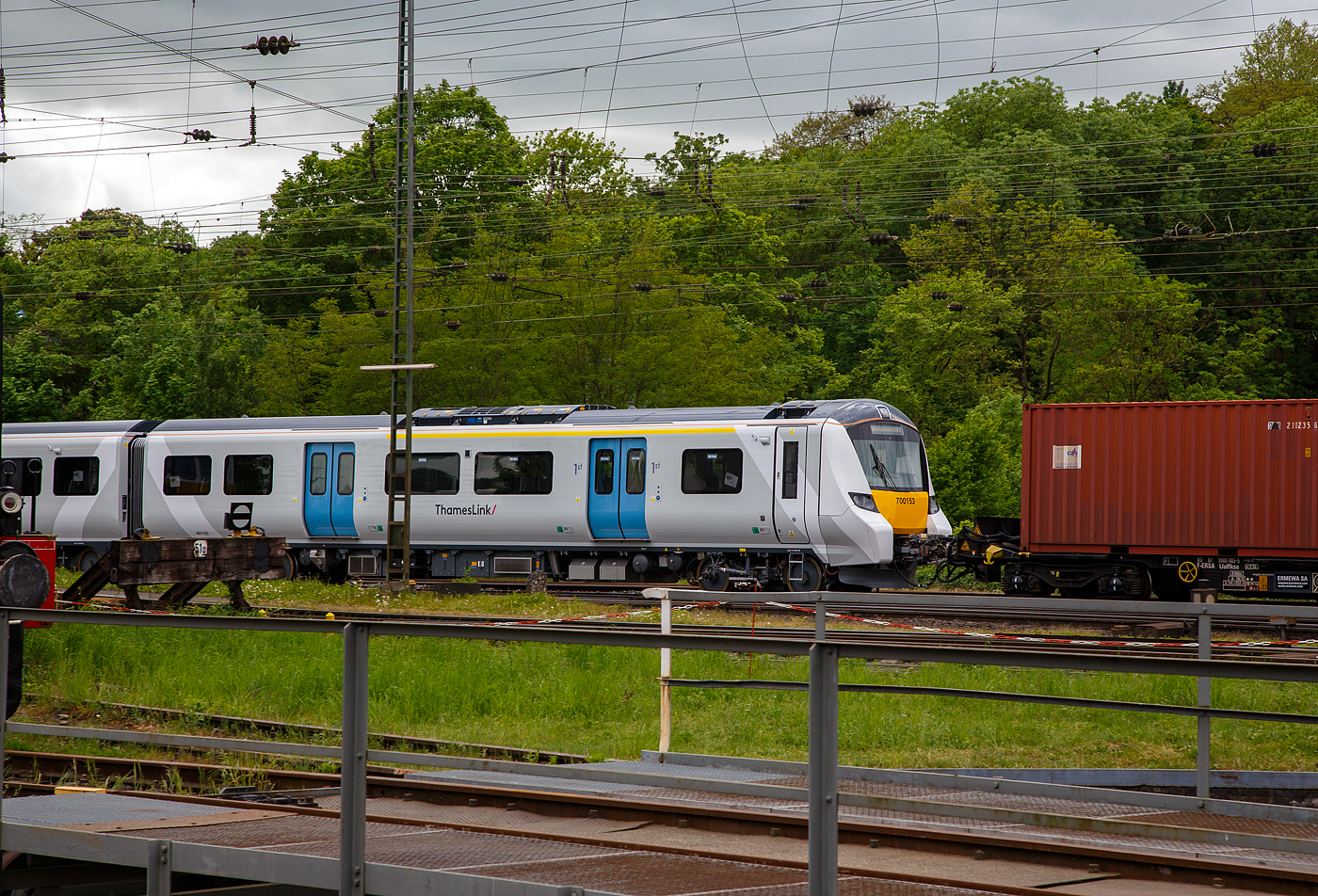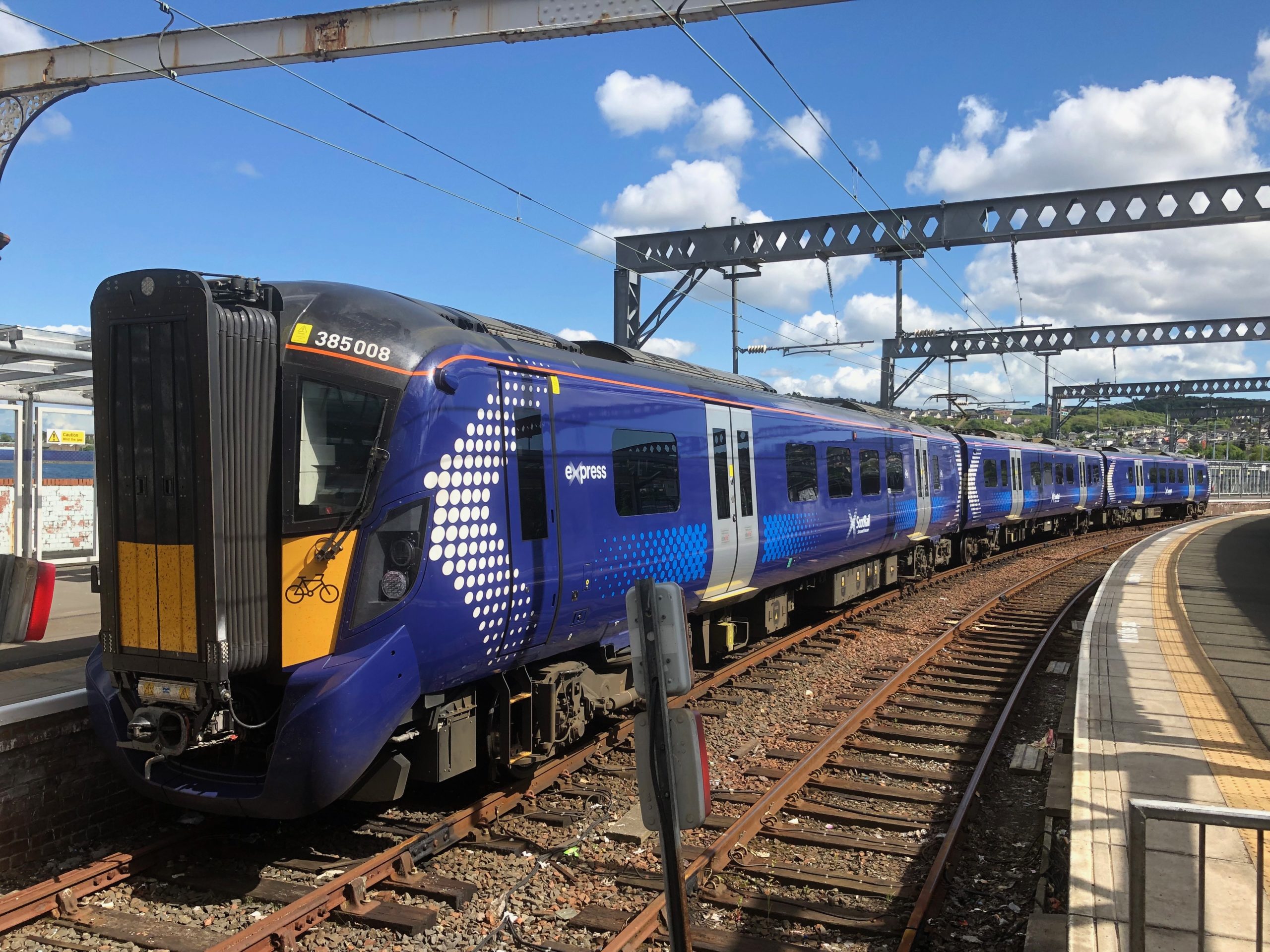
Introduction
Thameslink, a major rail operator in London and the South East, provides crucial services connecting urban areas with suburban regions. Its efficiency is vital not only for daily commuters but also for the broader economy as it facilitates movement within one of the world’s busiest transport networks. Recent improvements and developments in Thameslink services have garnered significant attention as they aim to enhance user experience and scalability.
Recent Improvements and Developments
In late 2023, Thameslink announced the rollout of new trains designed to improve comfort and reliability. These new trains feature spacious seating, enhanced accessibility options, and on-board technology designed to provide real-time travel updates. The upgrades come after a long-standing commitment to modernise the fleet, addressing previous complaints regarding overcrowding and delays.
Moreover, Thameslink has implemented an extensive programme to upgrade its signalling system. This upgrade, which involves shifting to modern digital signalling technology, aims to enhance safety and allow for more frequent train services. According to the managing director of Thameslink, “This upgrade is a game changer for our network and will significantly improve punctuality and service reliability.” The benefits of this enhancement are expected to be felt by passengers as service levels and train frequencies increase.
Community Engagement and Future Plans
Thameslink has also been proactively engaging with communities along its routes to gather feedback on service improvements. Public consultations have been held to better understand the needs of passengers and residents, ensuring that future developments are aligned with public requirements.
Looking ahead, Thameslink plans to expand its service routes further, increasing connectivity to more areas in London and beyond. This ambitious expansion strategy is part of a broader plan to encourage the use of public transport and reduce congestion on the roads. With the government’s focus on sustainability, Thameslink aims to play a vital role in the transition to greener transport options.
Conclusion
In summary, Thameslink is undergoing significant changes aimed at enhancing its service for commuters and fulfilling a critical role in London’s transport infrastructure. The combination of new train deliveries, digital signalling upgrades, and community engagement will likely result in a more efficient and user-friendly travel experience. As these initiatives continue to unfold, they will also contribute to the overarching aim of promoting sustainable transport solutions in urban environments. With these developments, Thameslink is on the path to solidifying its position as an integral component of London’s public transport system.
You may also like

The Importance of ScotRail in Scotland’s Transport Network

Understanding the Importance of Rayleigh Weir
